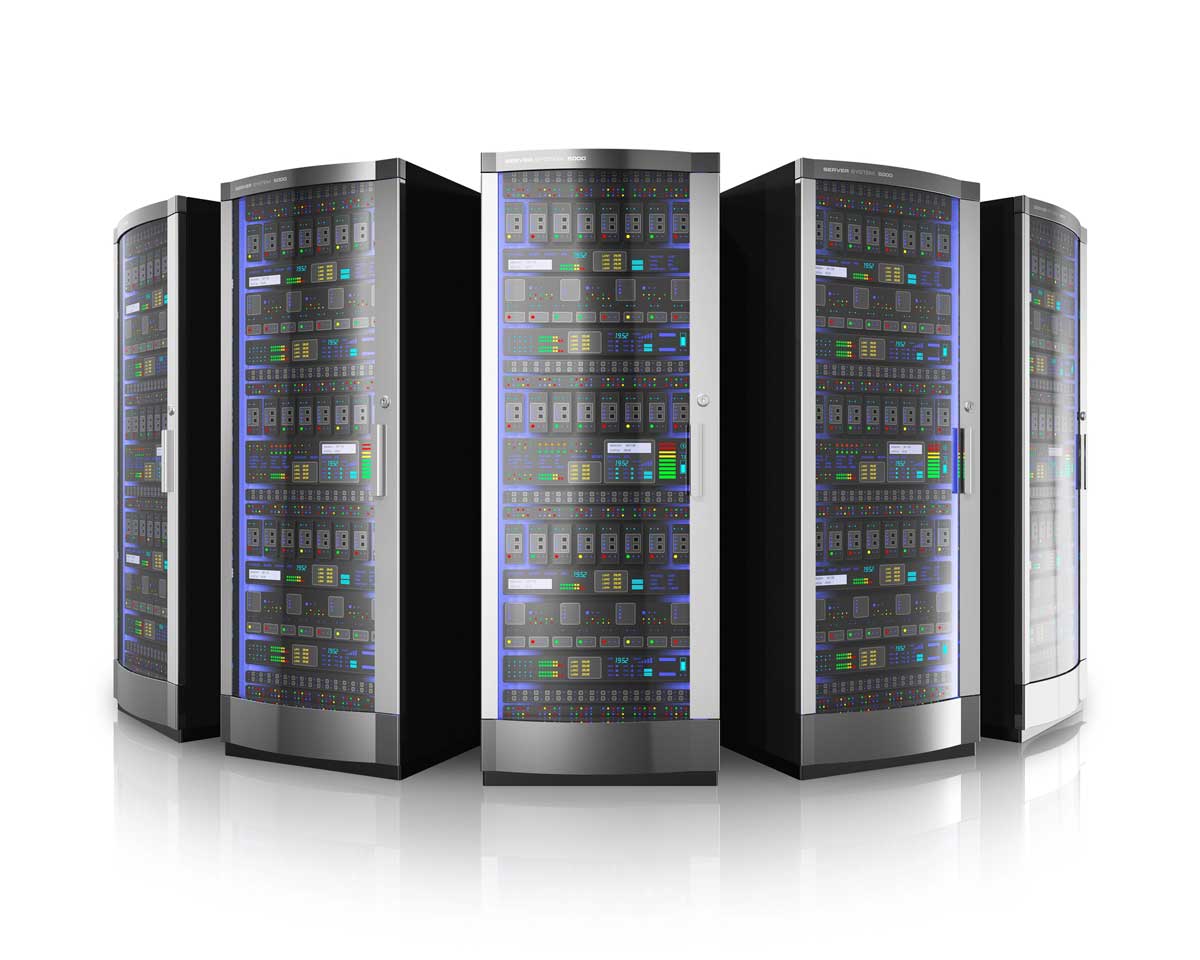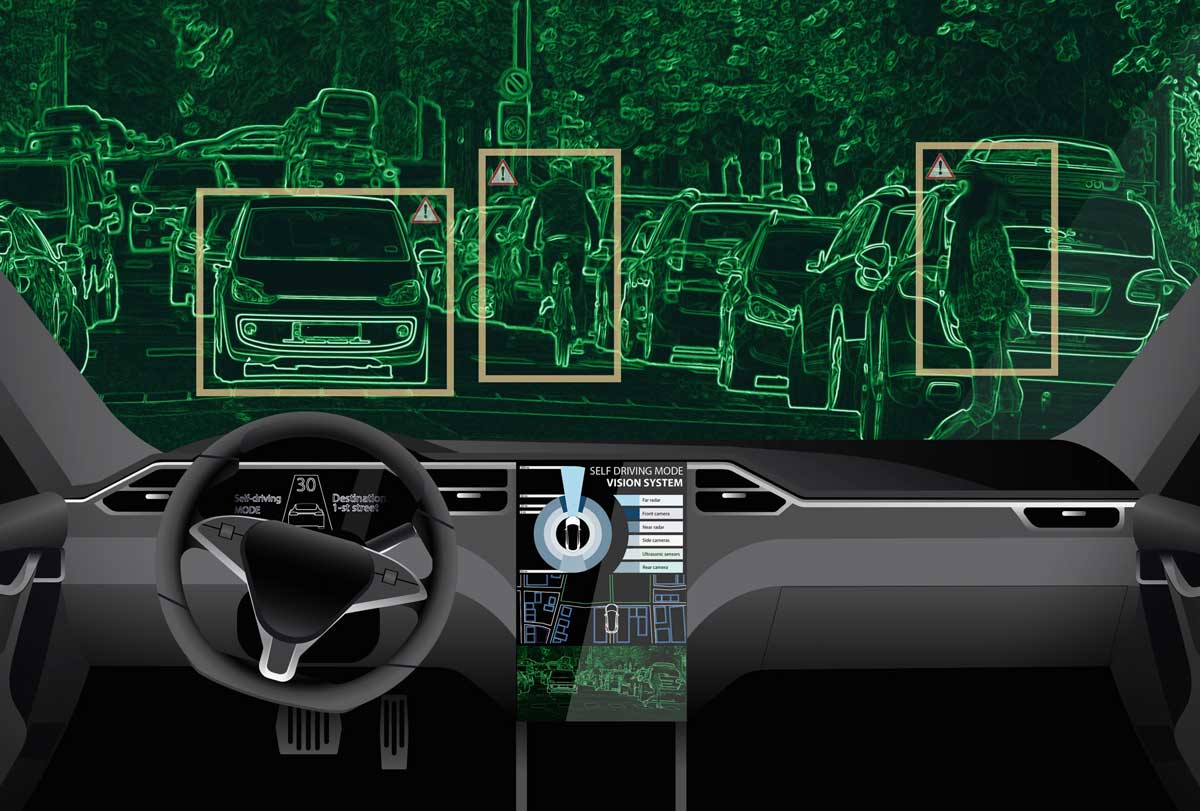Before we list the top 5 enterprise type 1 hyerpvisors, you might be wondering, "what is a type 1 hypervisor"? If you don't already know, read our post What Is a Type 1 Hypervisor? A hypervisor is software that runs virtual machines inside but there are multiple types so, bottom line, make sure you read the "type 1 hypervisor" article.
Here is the top 5 hypervisor list, in reverse order, just like David Letterman does it...
Psst...While You're Here, Check Out Our Exclusive FREE IT Training Program:

5. KVM

The open-source KVM (or Kernel-Based Virtual Machine) is a Linux-based type-1 hypervisor that can be added to a most Linux operating systems including Ubuntu, SUSE, and Red Hat Enterprise Linux. It supports most common Linux operating systems, Solaris, and Windows. Most hypervisors that offer KVM offer additional management tools on top such as Red Hat's Virtual Machine Manager.
4. Red Hat Enterprise Virtualization (RHEV)

Red Hat Enterprise Virtualization (RHEV) is a commercial implementation of the KVM Type-1 hypervisor. Red Hat Enterprise Virtualization uses SPICE protocol and VDSM (Virtual Desktop Server Manager) with a RHEL-based centralized management server. RHEV offers support the following advanced features:
- Network bonding, VLAN, and 10GB
- Live migration, policy-based workload balancing, high availability, power saving, cluster maintenance, image management, templating, thin-provisioning, and event monitoring
- Hosts support up to 160 cores and 2 TB of RAM. Guests support up to 64 vCPUs and 512 GB of RAM
- Self Service user portal
- Reporting and monitoring, detailed historical reporting capabilities, monitor historical usage, trending, quality of service
3. Xen / Citrix XenServer

Xen is a type-1 bare-metal hypervisor. Just as Red Hat Enterprise Virtualization uses KVM, Citrix uses Xen in the commercial XenServer. In 2007 Citrix bought XenSource, Inc, who supported Xen. Today, the Xen open source projects and community are at Xen.org. Today, XenServer is a commercial tier-1 hypervisor solution from Citrix, offered in 4 editions. Confusingly, Citrix has also branded their other proprietary solutions like XenApp and XenDesktop with the Xen name. XenServer offers features such as:
- Conversion tools
- Integration System Center Virtual Machine Manager
- Snapshot and revert
- XenCenter Management Console (even in the free edition)
- Live migration (even in the free edition)
- Live storage migration
- Distributed virtual switch
- High availability
- Power management
- Memory optimization
- Monitoring and alerting
- (and more)
You can find out more about the XenServer editions and features here.
2. Microsoft Windows Server 2012 Hyper-V (or the free Hyper-V Server 2012)

Along with XenServer and vSphere (next on the list), Hyper-V is one of the top 3 Tier-1 hypervisors (frequently flip/flopping between 2nd and 3rd place with XenServer). First released with Windows Server, Hyper-V has now been greatly enhanced with Windows Server 2012 Hyper-V. Hyper-V is available in both a free edition (with no GUI and no virtualization rights) and 4 commercial editions - Foundations (OEM only), Essentials, Standard, and Datacenter. Hyper-V offers:
- Live migration
- Storage migration
- VM Replication (Replica)
- Dynamic memory
- Extensible virtual switch
- High availability
- Scale up to 320 logical processors, 4TB of memory, 2,048 virtual CPUs per host, 64 vCPUs per VM, 1TB of memory per VM, and 64 nodes / 8000 VMs per cluster
- Virtualization rights to run a specific number of Windows VMs without purchasing additonal licenses (2 Windows OS rights are included in Standard edition and an unlimited number are included in datacenter)
1. VMware vSphere / ESXi
 The leader in the Tier-1 hypervisors is VMware with their vSphere/ESXi product - available in a free edition and 5 commercial editions. VMware led the market in developing innovative features such as memory overcommitment, vMotion, Storage vMotion, Fault Tolerance, and more. Previously, VMware called their free hypervisor "Free ESXi" as ESXi Server is what is loaded directly on the physical server. However, VMware calls the "suite" of features "vSphere", available in various editions. Today, even the free hypervisor is called "The VMware vSphere Hypervisor". While the free vSphere hypervisor does have a graphical interface (the vSphere Client) and memory over-commitment, it doesn't offer features like vMotion, svMotion, high availability, or centralized management. The free version also has the limitation of supporting up to 32GB of RAM per physical server. The commercial versions of vSphere include features like:
The leader in the Tier-1 hypervisors is VMware with their vSphere/ESXi product - available in a free edition and 5 commercial editions. VMware led the market in developing innovative features such as memory overcommitment, vMotion, Storage vMotion, Fault Tolerance, and more. Previously, VMware called their free hypervisor "Free ESXi" as ESXi Server is what is loaded directly on the physical server. However, VMware calls the "suite" of features "vSphere", available in various editions. Today, even the free hypervisor is called "The VMware vSphere Hypervisor". While the free vSphere hypervisor does have a graphical interface (the vSphere Client) and memory over-commitment, it doesn't offer features like vMotion, svMotion, high availability, or centralized management. The free version also has the limitation of supporting up to 32GB of RAM per physical server. The commercial versions of vSphere include features like:
- Memory over commitment
- High availability (called vSphere HA)
- vMotion
- Storage vMotion (svMotion)
- vSphere Data Protection (for backup and recovery)
- vSphere Replication
- vShield Endpoint protection (the option to use agentless anti-virus solutions)
- Hot add of memory and hot plug for CPU
- Fault tolerance (FT) for availability
- Distributed resource scheduler (DRS) for VM "load balancing" (effectively)
- Distributed power management (DPM), consolidates VMs with vMotion and shuts down hosts to save power
- Distributed virtual switch (dvSwitch)
- Storage I/O control (SIOC) and network I/O control (NIOC)
- Host profiles
- Autodeploy
- Storage distributed resource scheduler (SDRS)
- Profile-driven storage
- Single root I/O virtualization (SR-IOV)
- Web-based management and new vCenter virtual appliance deployment
- vCenter Single Sign On (SSO)
- vCenter Operations Manager Foundation Edition
- Optional features include Site Recovery Manager (SRM) for disaster recovery, vCenter Operations Manager Std/Adv, vCloud Director, vCloud Suite, VMware Horizon Suite, and more
- Scale up to 512 VMs per host, up to 2048 vCPUs per host, up to 64 vCPUS and 1TB of vRAM per VM
Note: VMware vCenter, for centralized management (required for most advanced features) is sold separately
More information on VMware vSphere can be found here.




















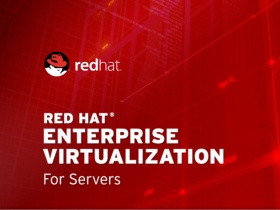
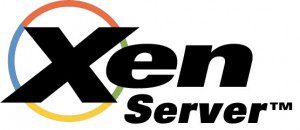
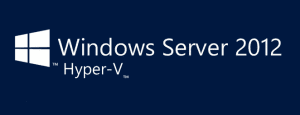
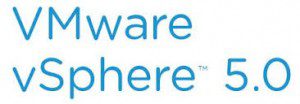 The leader in the Tier-1 hypervisors is VMware with their
The leader in the Tier-1 hypervisors is VMware with their 